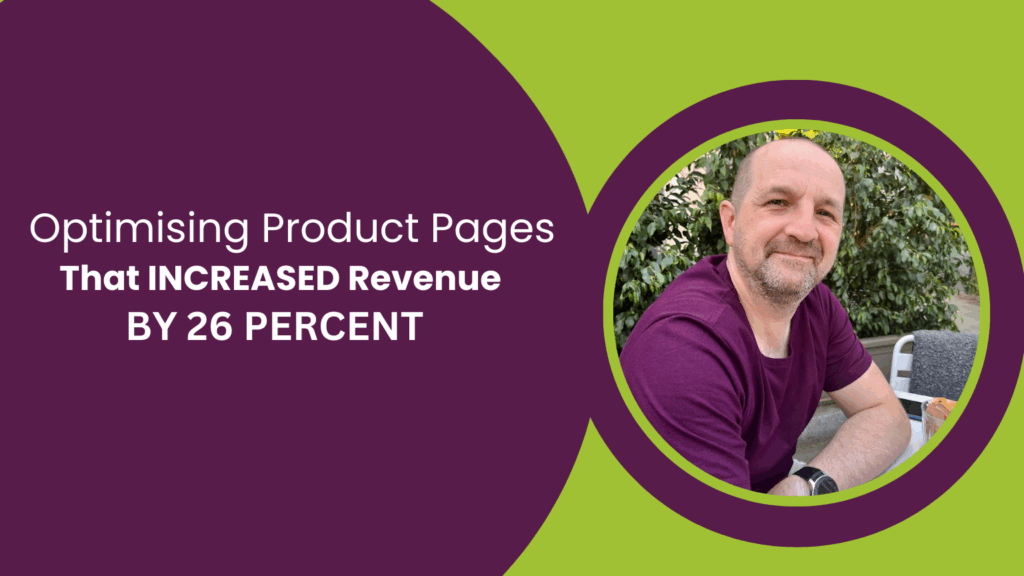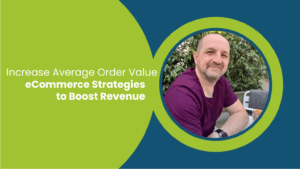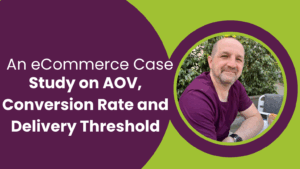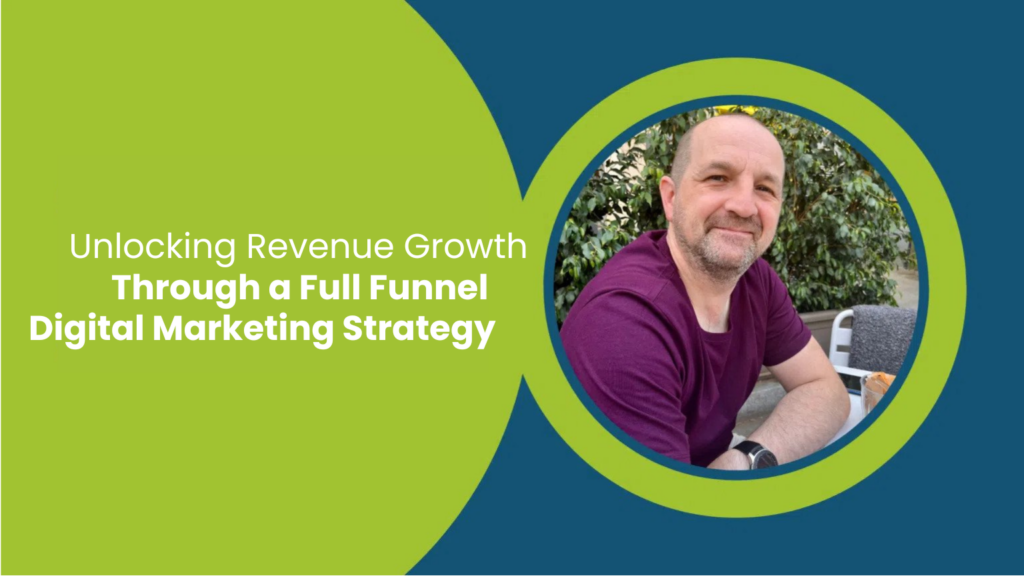
Imagine increasing an e-commerce store’s revenue by 26 percent and boosting the average order value (AOV) by nearly 8 percent with just one strategic change. It sounds almost too good to be true, but this is exactly what happened in a recent case study. The change was not a complex technical overhaul or a huge marketing spend. Instead, it was a focused, intelligent redesign of the product page layout.
Optimising product pages can transform the performance of any online store. By understanding customer psychology, leveraging trust signals, and carefully structuring key page elements, even small businesses can achieve growth comparable to much larger competitors.
The Impact of Product Page Layout on Conversions
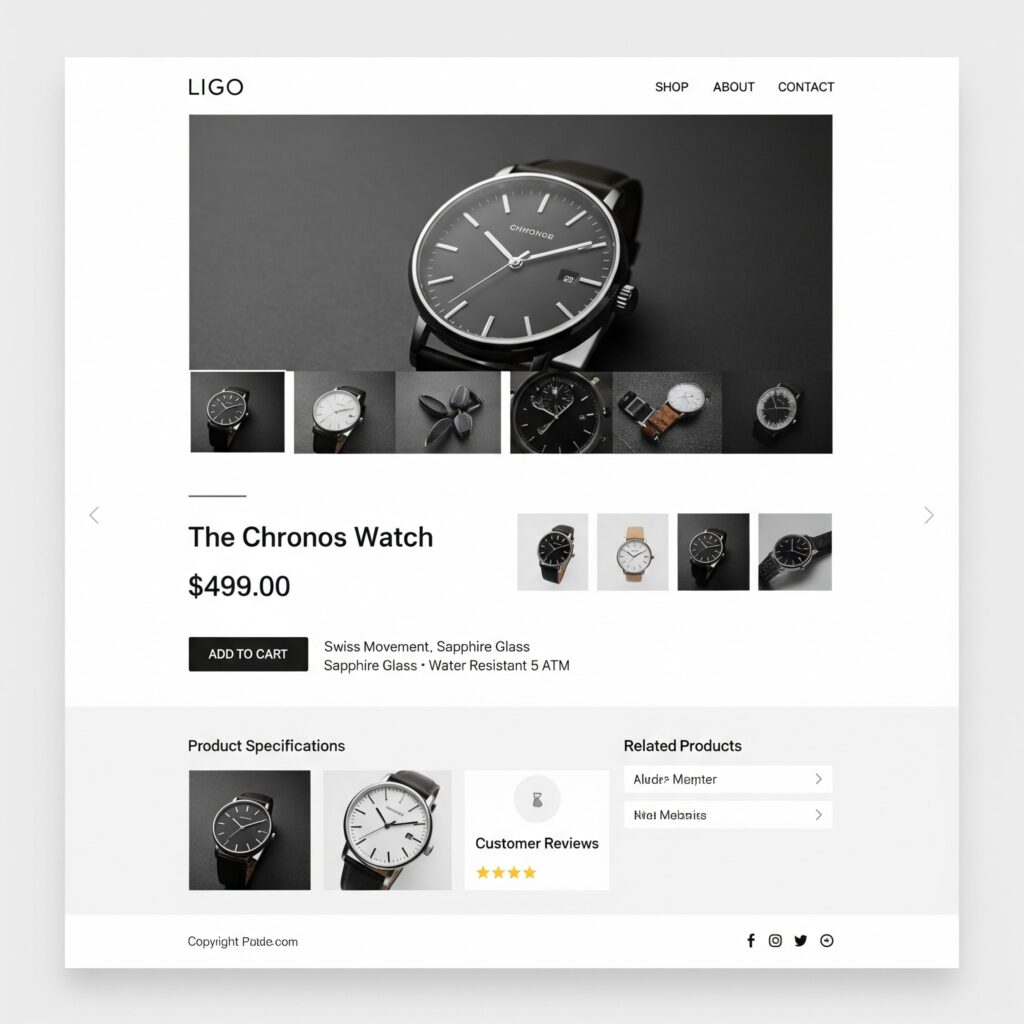
The layout of a product page plays a crucial role in influencing purchasing decisions. In the case study, the store redesigned its pages to create a frictionless experience from the moment visitors landed to when they clicked “Buy Now.”
A well-thought-out layout ensures that key information is visible above the fold, reducing the mental effort customers need to make a purchase decision. Product titles were rewritten to be customer-centric, focusing on benefits rather than pack sizes. For example, “64 Pack Cat Food” became “One Month Supply,” immediately conveying value without requiring customers to calculate quantities.
By prioritising the most important elements, businesses can increase conversion rates without increasing traffic. This approach exemplifies conversion rate optimisation for e-commerce and demonstrates why the best product page layouts are essential for turning visitors into buyers.
Using Product Videos to Increase Sales
Product videos are more than just a visual enhancement, they are a powerful tool for driving sales. In the case study, static images were replaced with a product video integrated prominently into the image gallery.
Videos show the product in use, its scale, and how it works in real-life settings. This creates a more emotional connection with the customer and simulates the experience of inspecting a product in a physical store. This approach not only enhances trust but also provides additional information that images alone cannot convey.
The results were clear. Customers spent more time on the page, engaged with the content, and ultimately purchased more frequently. Incorporating e-commerce product videos is a proven method to increase sales and build customer confidence.
Leveraging Customer Psychology and Trust Signals
Customers make buying decisions based on emotion as much as logic. Understanding this principle allowed the store to build trust and reduce doubts effectively. Social proof, such as testimonials and the number of units sold, was highlighted prominently.
People tend to follow the crowd. When shoppers see that thousands of others have purchased a product, they are more likely to trust its quality and make a purchase themselves. This ties directly to e-commerce trust signals and demonstrates the importance of customer psychology in e-commerce.
Trust was reinforced further by clear communication around free delivery thresholds and visually supported by icons. Providing multiple payment options reassured customers that their preferred method was accepted, reducing last-minute cart abandonment.
Checkout Optimisation to Reduce Cart Abandonment
Even a well-designed product page can fail if the checkout process is complicated or unclear. The case study showed that optimising the checkout area can significantly reduce abandonment rates.
Key elements included transparent pricing, clear free shipping thresholds, and simple visual cues. By placing all relevant information near the “Add to Cart” button, customers could make confident decisions without scrolling or searching for details.
E-commerce checkout optimisation ensures that once a customer decides to buy, there are no barriers to completing the transaction. Streamlining this process enhances overall conversion rates and maximises revenue potential.
Upselling, Bundles, and Improving Average Order Value

Increasing revenue is not just about converting visitors; it is also about maximising the value of each order. Strategic upselling and product bundles were key drivers of the 7.9 percent AOV increase in the case study.
For instance, offering “1 Year Supply” options alongside the standard product made it easy for customers to buy more, seeing immediate value and convenience. This approach, part of e-commerce upselling strategies, naturally encourages larger orders without feeling pushy.
Smaller e-commerce stores can compete with larger retailers by implementing these strategies. By focusing on AOV growth, businesses can increase profitability even with limited marketing budgets, demonstrating that smart design and strategy often outperform sheer size.
Common Mistakes and Testing
Even minor missteps in product page design can impact sales. Common mistakes include cluttered layouts, unclear product information, weak headlines, or hidden delivery and payment details.
Regular A/B testing ensures that page optimisations continue to work. In the case study, iterative testing allowed the team to measure the impact of each change on conversions and AOV. Testing should be ongoing, with data guiding future decisions, highlighting the importance of conversion rate optimisation for e-commerce.
Take Action Today
The results speak for themselves. By focusing on product page layout, adding videos, building trust, streamlining checkout, and using strategic upselling, the store increased revenue by 26 percent and AOV by nearly 8 percent.
Optimising product pages does not require a massive budget or advanced technical knowledge. Even small businesses can implement these changes, test results, and see substantial growth. The key is to understand customer behaviour, remove obstacles, and make purchasing simple and compelling.
Optimising product pages is not just a single tactic, it is a comprehensive strategy that can transform e-commerce performance.

